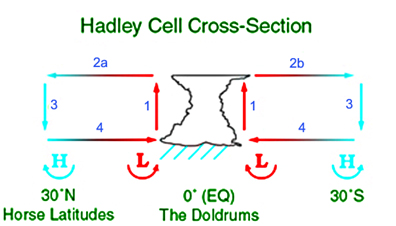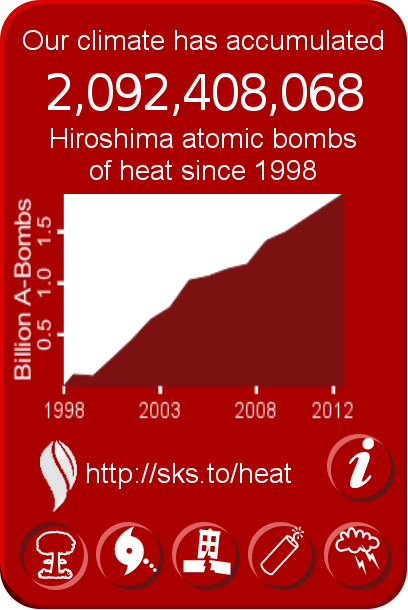Tanada wrote:So I was looking through the temperature records for my spot on the map in the Great Lakes/upper midwest and something odd I noticed. There are more extreme climate records for the 1950's than any other decade. In the 1950's this area set four all time monthly high temperatures but also set one all time monthly low temperature record, all of which are still standing today. November has one of each, a high record of 80F set November 1, 1950 followed by a monthly record low of 2F set November 24, 1950. The other record highs were set on January 25, 1950, August 31, 1951 and October 3, 1953.
Civilian air travel in the early 1950's were rare, so perhaps the same pattern has not repeated recently because of large numbers of contrails, but this was during the post WW II boom economy and coal haze was very much a common weather factor back before the Clean Air Act was created in the 1970's.
So any suggestions for what caused this period over several years when weather was unusually warm? Remember those four high temperature marks are still the records for those months, out of a 130 year long instrumental record.
The problem with such point temperature records is that they don't give a proper view of the regional and global temperature anomaly. In some sense they are "measure zero" data that is irrelevant. Of course, the inference is that there was some mesoscale or synoptic structure driving them so the points are correlated with more non-local temperature distributions. However, they are still in the "noise" category and raise the whole issue of variability and confusion surrounding it. If one were to sample continental middle-latitude temperatures around the globe for centuries and over every point one would get these clustered "outliers" showing up over and over. But they are not associated with the global atmosphere-ocean energy content. It is common to use such outliers to implicitly claim that the whole system is undergoing the same deviation from the mean. This of course is utter BS.
To answer your question specifically would require analysis of synoptic (weather) charts for the weeks in question. Which air masses were transported into this region and what sort of circulation existed at the time. Coal haze is composed of sulfate which has the effect of cooling and not heating. But that is a dangerous generalization. It is possible that the weather conditions were such that near-surface layers of sulfate haze contaminated with soot formed that acted like a greenhouse lid with dark tint. Sulfate aerosol is composed of water and sulfuric acid which will be a good infrared absorber but also a good visible band reflector. If it is mixed with soot then it becomes a strong absorber of visible light as well and could act to heat the layer of air it occupied even if absorption of visible band radiation is reduced at the surface.
Coal related pollution has a high soot content in addition to sulfuric acid. Temperature inversions could have trapped this pollution near the ground and created the local radiative transfer conditions for temperature spikes.















